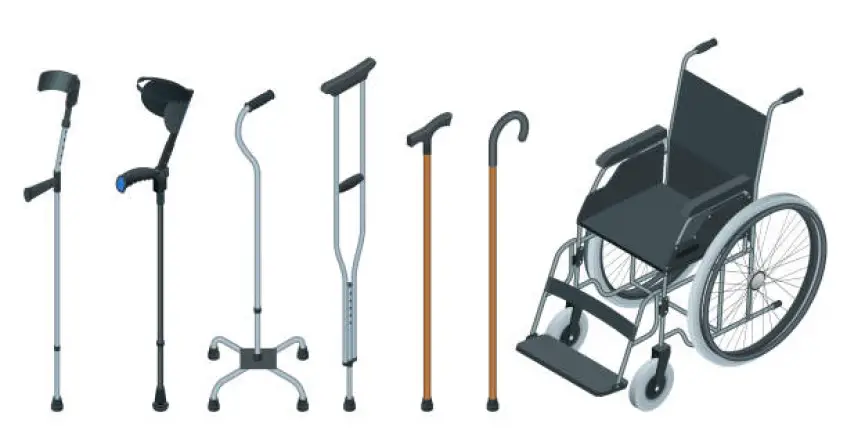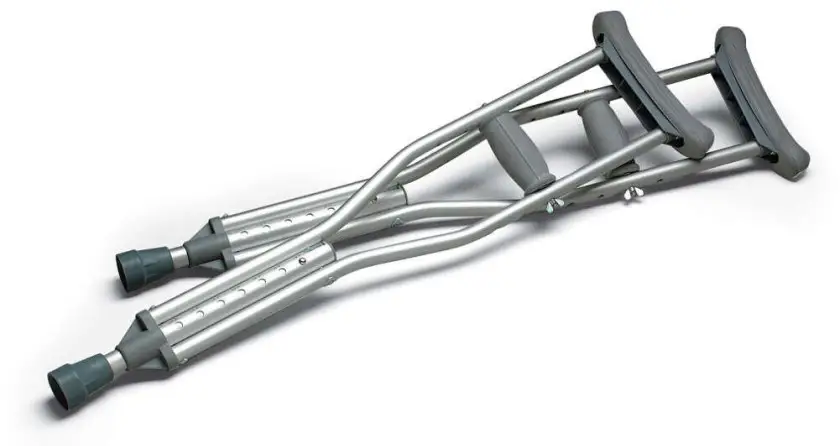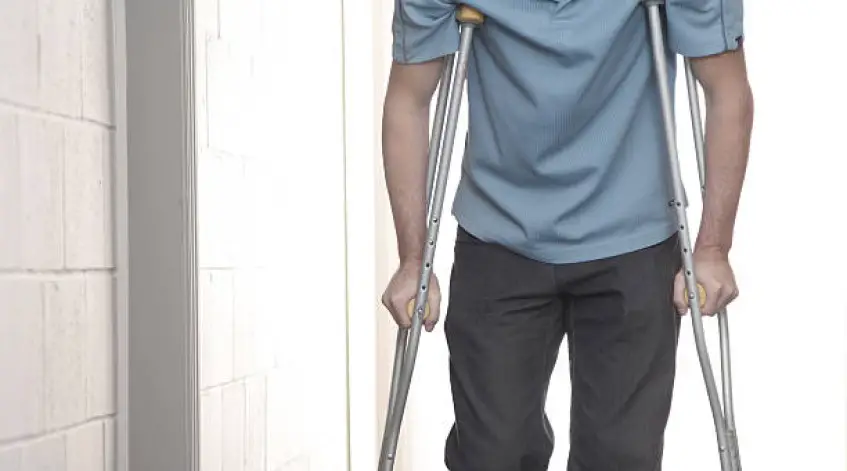Are you in the process of buying a mobility device for your disability compensation?
Or your doctor has probably recommended one for you because of your walking disorder?
I know you need as much information as possible on the best ways to use your mobility device.
No worries.
It’s important that you understand every process of your new journey of using a mobility aid. So, allow me to introduce you to the best practices to secure your mobility device safely.
Table of Contents
What is a Mobility Device?
A mobility device helps people with mobility impairments. It also serves as a guide for people with visual impairment.
It may or may not need additional assistance to operate.
Another name given to mobility devices is ambulatory devices. I must not forget to add that some mobility devices are powered by fuels or batteries, while others are not.
Today, people with walking disabilities and injuries can enjoy a greater level of freedom when walking with a mobility device.
Related: Best Disability Products for Seniors
Types of Mobility Devices
There are varying mobility devices, with the most suitable for you, depending on your disability.
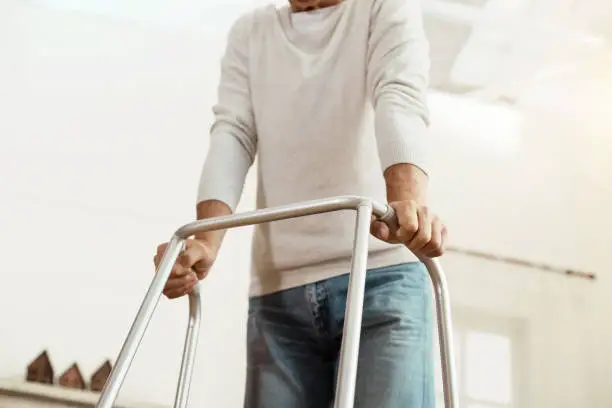
A doctor will often evaluate your condition to determine the best mobility aid for you. However, here are the most commonly used mobility devices.
Cane
Canes are mobility aids that transfer loads from the legs to the upper body. It is an effective mobility device for supporting the body’s weight. People with balance problems find cane a better choice to aid mobility. Here’s the most interesting part.
Cane comes in varying sizes and styles. Some are foldable and adjustable. Let’s take a quick look at the common types of canes used for mobility. The quad cane has a wide base and gives improved stability. The white cane helps detect objects on the road, while the forearm cane supports the forearm.
Crutches
This mobility device works similar to canes and is a great choice for people with permanent mobility impairment and short-term injuries. One can use crutches in pairs or singly to keep the disabled person upright and transfer the weight on the legs to the upper body. And like canes, crutches come in different types- the underarm, forearm, and platform.
Walker
Walkers are a metal framework with four legs to support and provide stability for people with walking impairments. Some walkers have glides or wheels at the base. There’s the knee walkers, the rollators, and the walker-cane hybrids. Walkers have been a reliable walking aid for disabled persons.
Scooters
Scooters are a great option for disabled persons that cannot use a wheelchair. And yes, a scooter differs from a wheelchair in many ways. It is battery-powered, has handlebars to control the direction, has footplates, and requires training for first-time users. Most importantly, scooters have specific usage rules on the roads and sidewalks.
Wheelchair
Specialists recommend wheelchairs for long-distance travel or people with severe walking impairments. It could be self-propelled, powered electrically, or pushed by someone. There are also different wheelchairs, so you should see your doctor to determine the most suitable one for you.
Related: Best Baby Products for Disabled Parents
How to Safely Secure Your Mobility Device
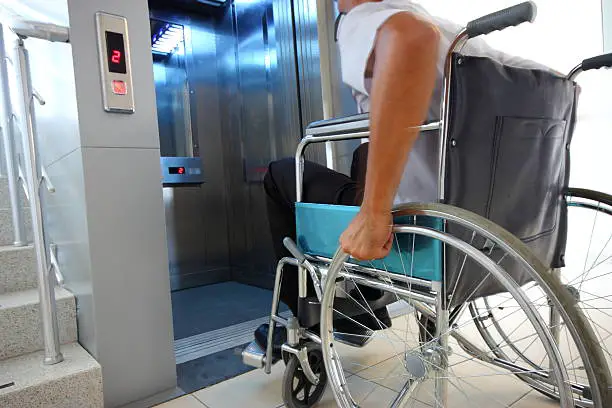
Starters may find using their mobility device a big challenge.
But don’t worry, you are not alone.
I have made it easier by discussing each mobility device separately. So, check it out.
Canes
The right way to use a cane is to get one with the perfect height. Using a cane that’s too short or too long can be dangerous for you. You may find it difficult to walk with it properly. Once you’ve found the perfect cane, hold it on the hand, matching the leg with no walking impairment.
Then, position the cane to the side, about 2 inches in front. Move it forward as you step forward with the affected leg while ensuring it remains steady when moving forward with the other leg. Ensure not to place the cane on rough surfaces or bump to avoid falling.
Related: 15 DIY Wheelchair Decoration Ideas
Crutches
Start by getting crutches you can adjust to your height. Do not place your weight on your armpits. Instead, your arms should carry the major load. Also, ensure to look forward when walking with the crutches and not down at your feet.
Whether walking, turning, or standing with your crutches, ensure its tip is kept at 7.5 cm away from your feet. Additionally, always balance your strong leg when using your crutches.
Walkers
As earlier mentioned, walkers are common in this part of the world. It is considered the easiest fashionable mobility aid, especially for elderly ones. So here’s how to secure a walker properly.
Place a firm grip on the walker in a standing position. Then, move the walker forward and step forward with the affected leg. Your weight should remain on your palms as you grip the walker. Warning: Keep your feet within the walker’s boundaries to avoid falling.
Scooters
Scooters require training to avoid accidents on the road and sidewalks. However, it is pretty easy to learn and quick, depending on your learning capacities. The easy way is to follow your trainer’s instructions, read the manufacturer guide, and use your protective gear.
Try to avoid bumps and rough roads when using your scooters. In fact, the best place to ride your scooter is on a flat, paved road. Place the affected leg on the scooter deck, bend your knee and keep the strong leg on the ground.
Lean forward slightly while you grip the handlebars. Then push off the ground with your strong leg and balance both feet on the deck until you gain momentum.
Wheelchairs
Wheelchairs have various accessories, controls, and ways of securing them. Ensure that you read the manufacturer’s guide to familiarize yourself with the wheelchair control.
Another important safety precaution when using a wheelchair is to lock the brakes before sitting or standing on them. Then, position the wheelchair perpendicular to the small steeps with the rear wheels.
